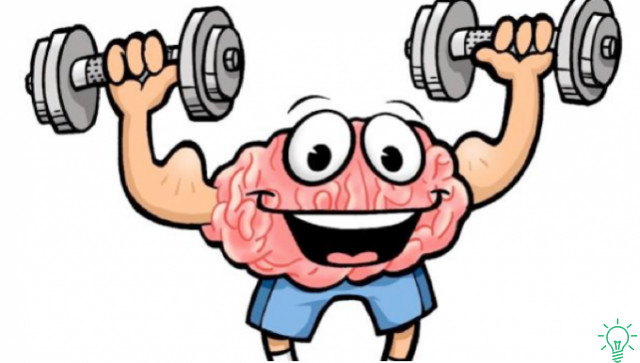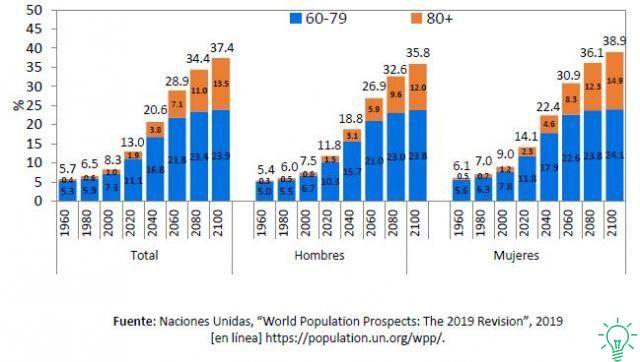
In the United States, I am often bombarded with images and advertisements from the fitness culture. Athletics is a fad, and it seems that most people have memberships in some prestigious gym. Every hotel and college campus grants free access to a gym, sometimes even offering suitable clothing for rent. The United States is the land of Alo Yoga and the birthplace of Crossfit. The most successful influencers talk about fitness, and it's not uncommon to see someone sharing their workout on social media like they would food.
But conversely, for a country that leads in longevity and has very low obesity rates — the lowest among high-income developed nations — you might be surprised to find that there isn't much of a fitness culture. In Japan, sports are not considered a priority and most people have never joined a gym. People rarely use their lunch hour for a workout session, and those who do are likely to be viewed as exercise addicts.
In a recent Rakuten Insight survey of 1000 Japanese citizens between the ages of 20 and 60, about half of those surveyed revealed that they barely train, about once a month, or not at all. They say they don't have enough time or just don't like to exercise. Most people don't see training as part of their lifestyle.
So where's the catch?
The concept of physical exercise in Japan
We understand that the Japanese do not like to go to the gym. What we now ask ourselves is: how do they stay so fit?
Perhaps exercise can take different forms, from going to the gym and lifting weights, or running 10 km every day. Perhaps the exercise we need is the type of exercise that best suits our lifestyle: walking.
What we have said so far does not prove that exercise is not important to stay healthy, but rather that the Japanese do not rely on the classical concept of sports training to stay fit.
Their approach is different: they just walk.
Japanese adults take an average of 6500 steps a day, men between the ages of 20 and 50 take an average of nearly 8000 steps a day, and women between the ages of 20 and 50 about 7000 steps.
Okinawans in particular are well known for their walking culture, being especially careful to integrate movement into their daily lifestyle.
Citizens of Nagano, a rural prefecture in Japan, have been able to reverse their high rate of stroke by incorporating more than 100 trails into the fabric of the city, and now enjoy the highest longevity rate in the country.
“Our main goal was to get people to walk. Anyone can do it. We walk, we talk, we exercise and this helps build a sense of community.”
So says Akira Sugenoya, Mayor of Matsumoto, a city in Nagano Prefecture
Most Japanese citizens live in highly walkable cities, where public transportation is comfortable, safe, and convenient, and few families own cars. Consequently, when most people go to work, they do so on foot. When people go shopping, they walk. When people go out to dinner, they do it on their own. It is an activity carried out every day by every generation: walking is as much a part of daily life as breathing.
The path to better health
This article is not an invitation to boycott all forms of training. I love to train, and every week I run for several hours, ride a bike, new, and do calisthenics.
I do not question the benefits of a good sweat, and I am aware that training helps both physical and mental health.
But fitness culture can be overwhelming for those who are not used to it and can cause shame and guilt in those who try to approach it.
We might be led to believe that achieving and maintaining a healthy weight is only possible for those who engage in consistent weight lifting and spend enough time jogging daily.
Ultimately, the simple fact I wanted to demonstrate is that healthy exercise doesn't necessarily mean long training sessions. Sometimes just walking a little further is enough.
They may be interested in:
- Simplify your life with these 5 timeless principles
- Exercises to increase the buttocks: the 7 most effective
- How to improve physical and psychological resistance
- How to increase immunity and get sick less
- 17 Psychological Facts About Love (Useful Tips & Tricks)
- Eliminate daily stress: 10 infallible tips























